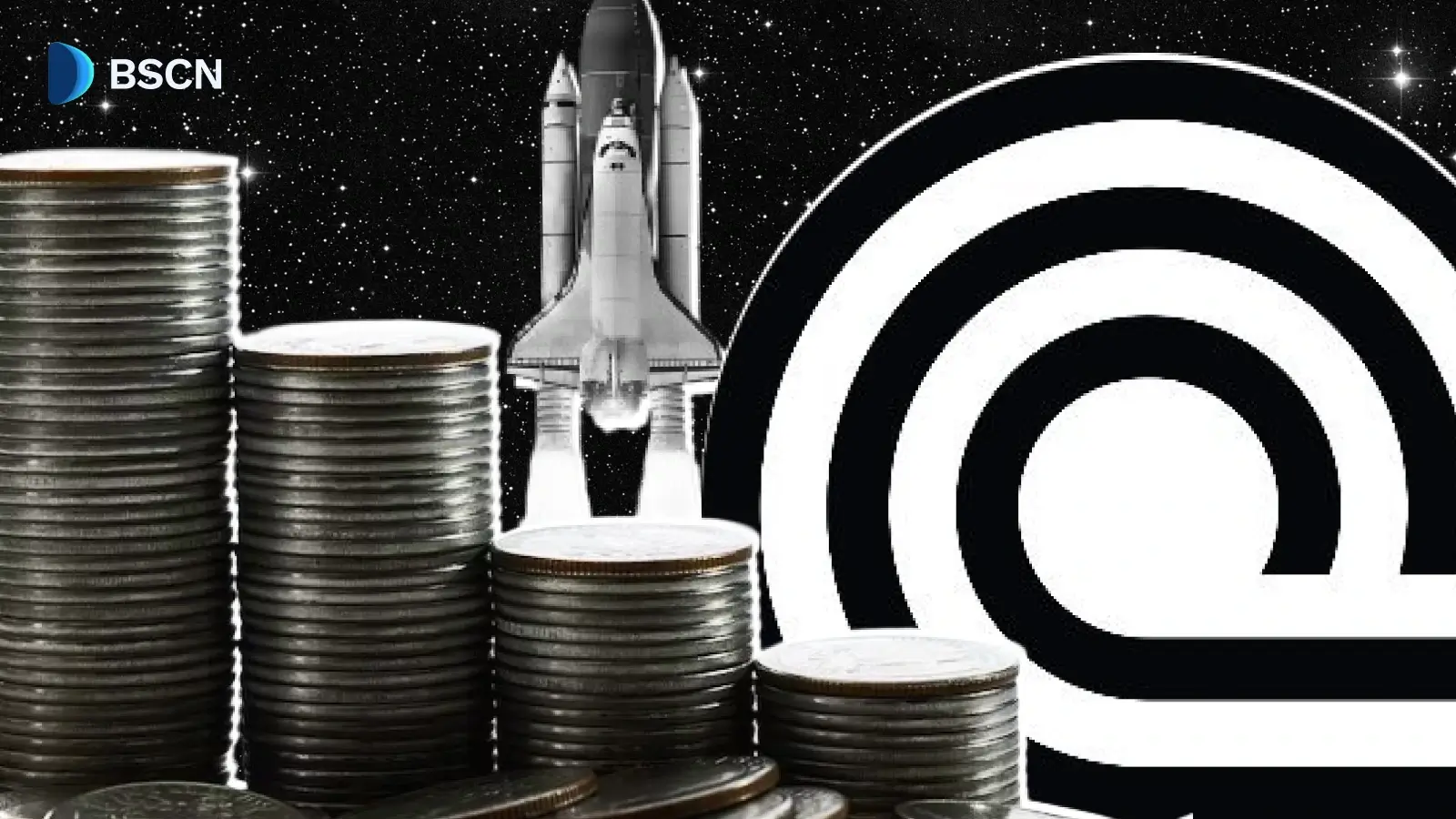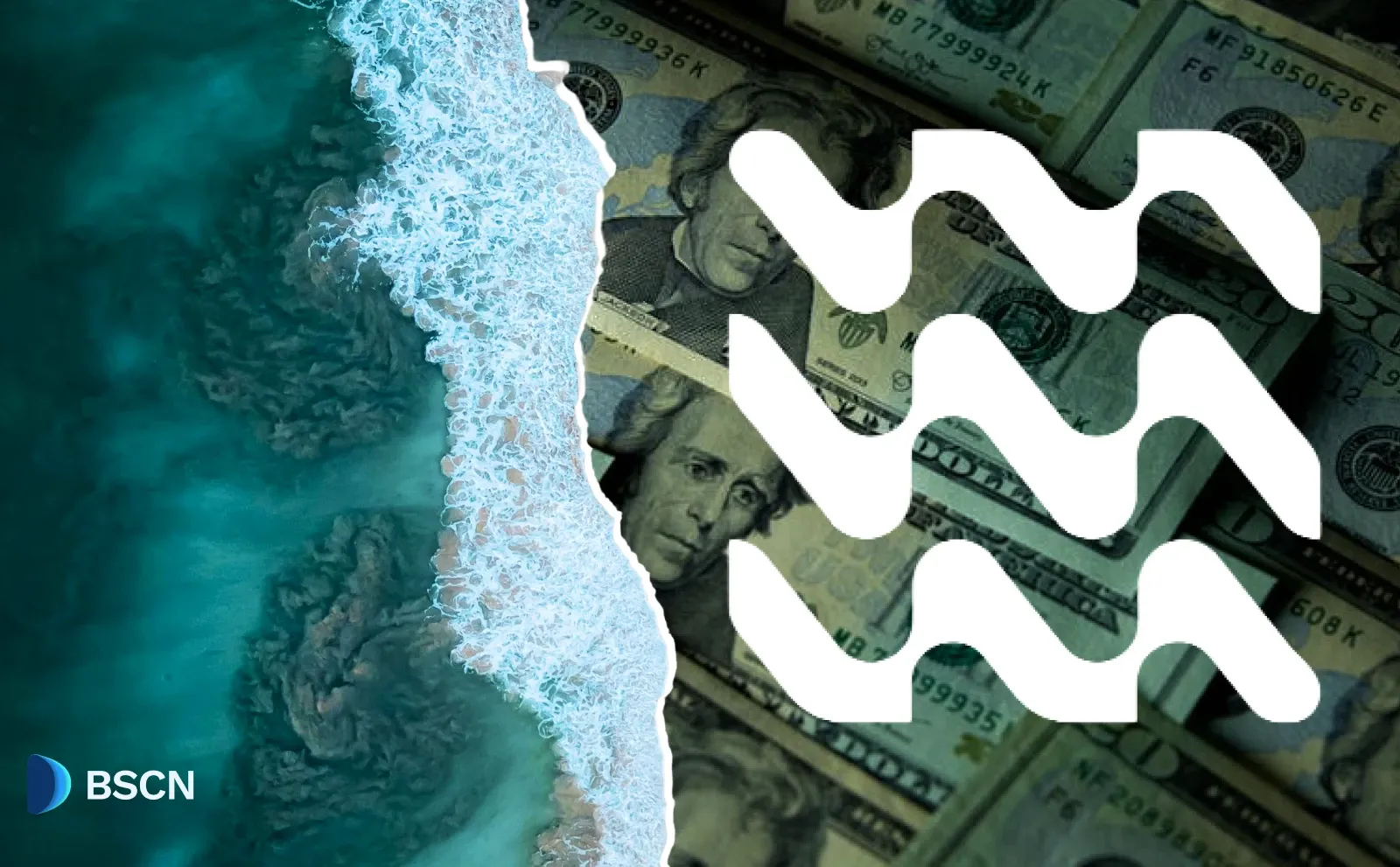(Advertisement)
The Narrative of Decentralization in Major Blockchain Networks: The Myth and the Reality

Represented by the Nakamoto coefficient, decentralization is supposed to be the core attribute of blockchain technology. The reality, however, is more complex.
BSCN
August 21, 2022
(Advertisement)
How Decentralized Are Major Blockchains?
The decentralization characteristic of blockchain is what makes it unique among other technologies. But are the major blockchains we know really decentralized? Let's take a closer look at this.
Blockchain decentralization aims to eliminate reliance on trust among members and prevent them from corrupting the effectiveness of the network with their authority or commands. On this topic, you may have heard some discussions about the Nakamoto coefficient, formally introduced in 2017 by former Coinbase CTO Balaji Srinivasan.
Using the Nakamoto coefficient as a measure of decentralization, you can determine the minimum number of validator nodes required to disrupt the blockchain's network. The higher the Nakamoto coefficient, the more decentralized the blockchain is.
The Nakamoto coefficient is a way to quantify the decentralization of a blockchain or other decentralized system. It's the number of entities you need to compromise at least one essential subsystem.
— Balaji Srinivasan (@balajis) December 3, 2020
Original article: https://t.co/mHTWheLfsb https://t.co/CjVgfy2T0K
Srinivasan proposes that a blockchain comprises six subsystems: mining, clients, developers, exchanges, nodes, and owners. Each of these subsystems has its own statistical data set that must be considered when measuring the Nakamoto coefficient:
- Mining: The rewards users get for mining within a set amount of time.
- Clients: The number of users for each client
- Developers: The number of commits developers make
- Exchanges: The volume of exchanges made within a set amount of time
- Nodes: The node distribution across countries
- Owners: The distribution across individual addresses

Let’s look at some blockchain networks where they stand regarding the Nakamoto coefficient, using data from Nakaflow, Crosstower and Blockworks.
Bitcoin
Nakamoto Coefficient: 7,349
Area Highlight: Developer, Owner, and Validator measurements have high scores.
Validator Node Count: 14,409
Nakamoto scores tend to be the highest when it comes to Bitcoin. In general, Bitcoin is one of the most decentralized blockchains.
Ethereum Beacon Chain
Nakamoto Coefficient: Unknown
Area Highlight: Ethereum scores well in Node distribution. For developer and owner decentralization, Ethereum scores low to moderate.
Validator Node Count: 300,000+
Ethereum has such a large network size that its total number of validators cannot be determined.
BNB Chain
Nakamoto Coefficient: 7
Area Highlight: Low number of validators.
Validator Node Count: 21
The Nakamoto Coefficient of the BNB Chain is 7, around the median for major blockchains. By expanding the validator set with inactive validators, BNB Chain could ensure greater security and network reliability.
Solana
Nakamoto Coefficient: 30
Area Highlight: Solana scores well when it comes to Mining pools. However, Solana scores poorly for Nodes and Owners decentralization.
Validator Node Count: 1,875
It was Solana that popularized the idea of the Nakamoto coefficient. The Nakamoto coefficient for Solana is strong, thanks to its 1,875 validators.
Avalanche
Nakamoto Coefficient: 30
Area Highlight: Avalanche has a healthy active validator count as well as optimal node decentralization.
Validator Node Counts: 1,267
Decentralization has always been a priority for Avalanche. As its Nakamoto Coefficient shows, Avalanche is the most decentralized Proof of Stake (PoS) blockchain alongside Solana.

Despite its usefulness, the Nakamoto coefficient has some flaws. For example, a blockchain might score well for one type of decentralization, and another of its more important systems might be centralized. In addition, in some cases, Nakamoto scores are calculated in a short period or with an enormous number of users, lowering their reliability. Even Bitcoin, the most decentralized network, is dominated by a few large mining pools.
Besides the Nakamoto coefficient, many researchers also use Gini coefficients and Shannon entropies to estimate blockchain decentralization. However, those metrics largely align with Nakamoto scores for Bitcoin and Ethereum.
Centralization Before Decentralization?
Early in a blockchain’s lifespan, centralization often precedes true decentralization. This evolution may be necessary for the next phase of decentralized networks to emerge. While centralization can provide stability to a young blockchain, sometimes there are drawbacks.
In a recent Twitter Thread, crypto influencer TyLucky called out Cronos Chain and its parent company Crypto.com for seeming to favor certain protocols when other protocols were also delivering results.
Why centralization under the guise of decentralization matters - 🧵
— TyLucky | Crypto YouTuber & NFT Collector (@TyLuckyOfficial) August 11, 2022
To be crystal clear, no FUD intended, I don't have a competing product or ulterior motive. I simply genuinely care about #crofam and for better or worse, I speak up when I see an issue. Plenty can attest.
Accordingly, it appears that more projects are looking to bridge out of Cronos than to bridge into it, he said.
I'm just one guy, this is just one guy's opinion, but in recent months, I've noticed significantly more projects looking to bridge out from Cronos than looking to bridge onto Cronos. Why is that? Not just 1 reason to be clear nor are the people I've mentioned solely responsible.
— TyLucky | Crypto YouTuber & NFT Collector (@TyLuckyOfficial) August 11, 2022
As we can see, many established blockchains are still not as decentralized as they could be. However, it’s important to note that blockchain is still a relatively new technology. Most blockchain protocols are still in their infancy, and many must continue to trade off decentralization for network stability.
Eventually, as the networks mature, they can become more decentralized or define their specific degree of decentralization.
Read Next...
Disclaimer
Disclaimer: The views expressed in this article do not necessarily represent the views of BSCN. The information provided in this article is for educational and entertainment purposes only and should not be construed as investment advice, or advice of any kind. BSCN assumes no responsibility for any investment decisions made based on the information provided in this article. If you believe that the article should be amended, please reach out to the BSCN team by emailing [email protected].
Author
 BSCN
BSCNBSCN's dedicated writing team brings over 41 years of combined experience in cryptocurrency research and analysis. Our writers hold diverse academic qualifications spanning Physics, Mathematics, and Philosophy from leading institutions including Oxford and Cambridge. While united by their passion for cryptocurrency and blockchain technology, the team's professional backgrounds are equally diverse, including former venture capital investors, startup founders, and active traders.
(Advertisement)
Latest News
(Advertisement)
Crypto Project & Token Reviews
Project & Token Reviews
Comprehensive reviews of crypto's most interesting projects and assets
Learn about the hottest projects & tokens

















